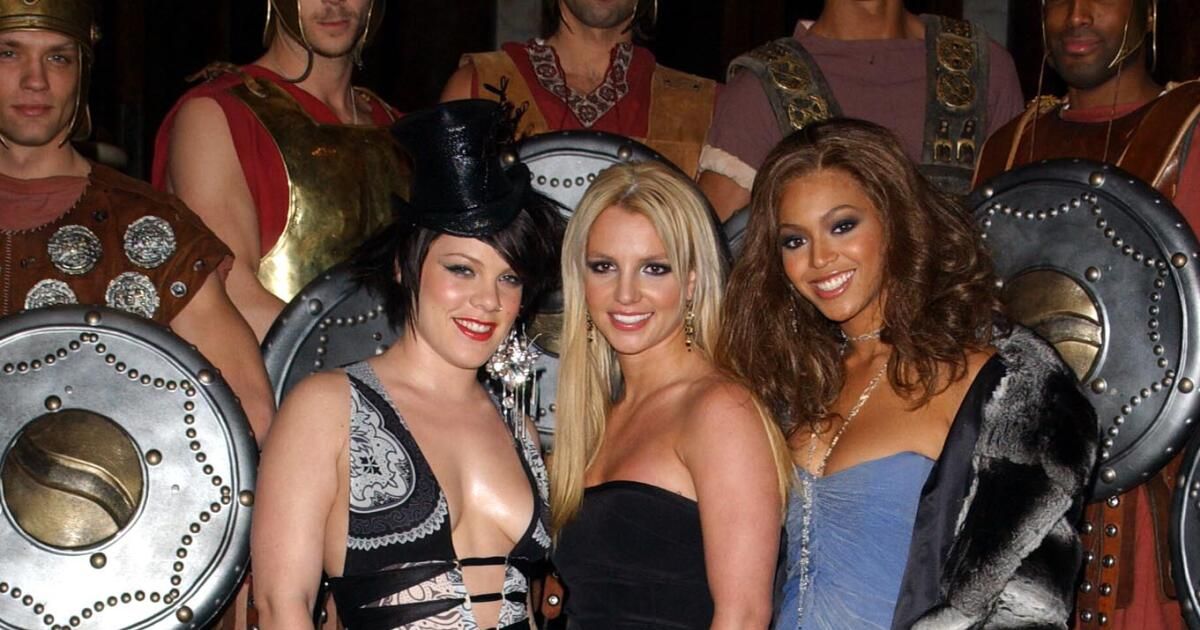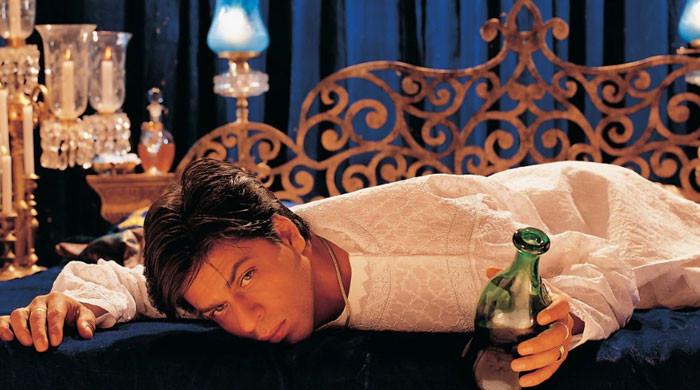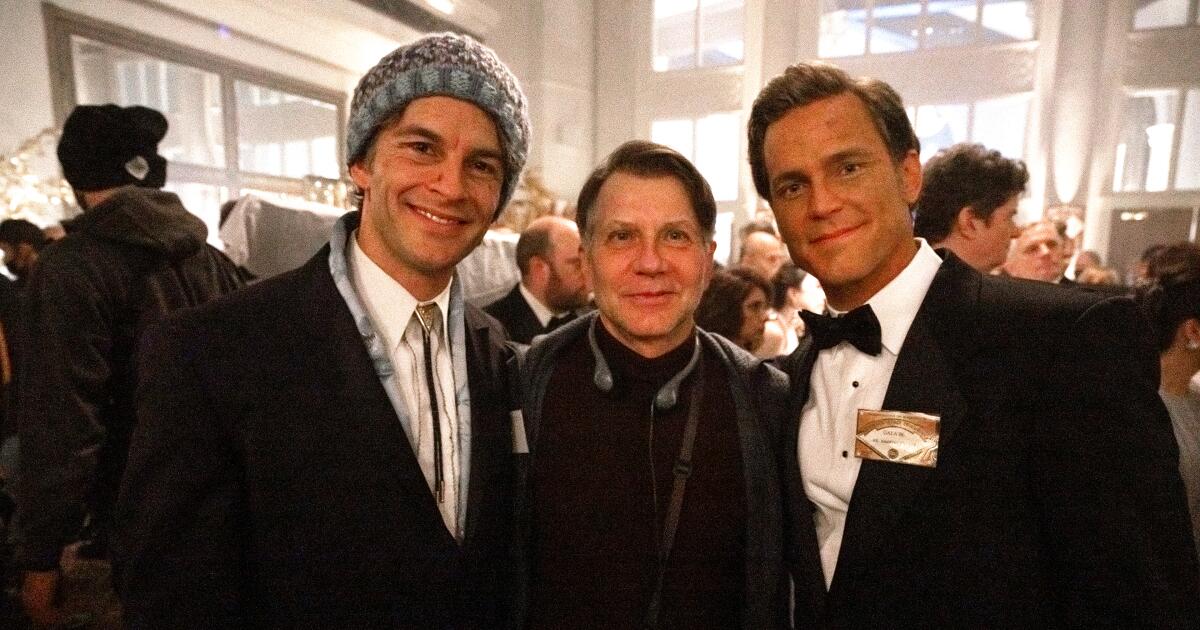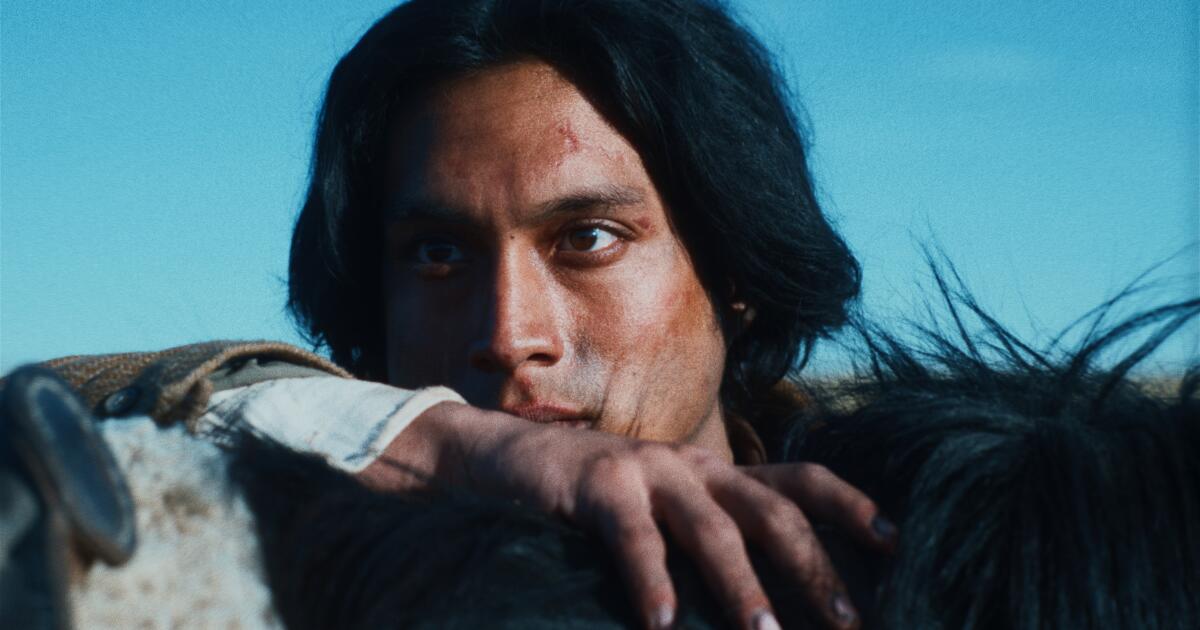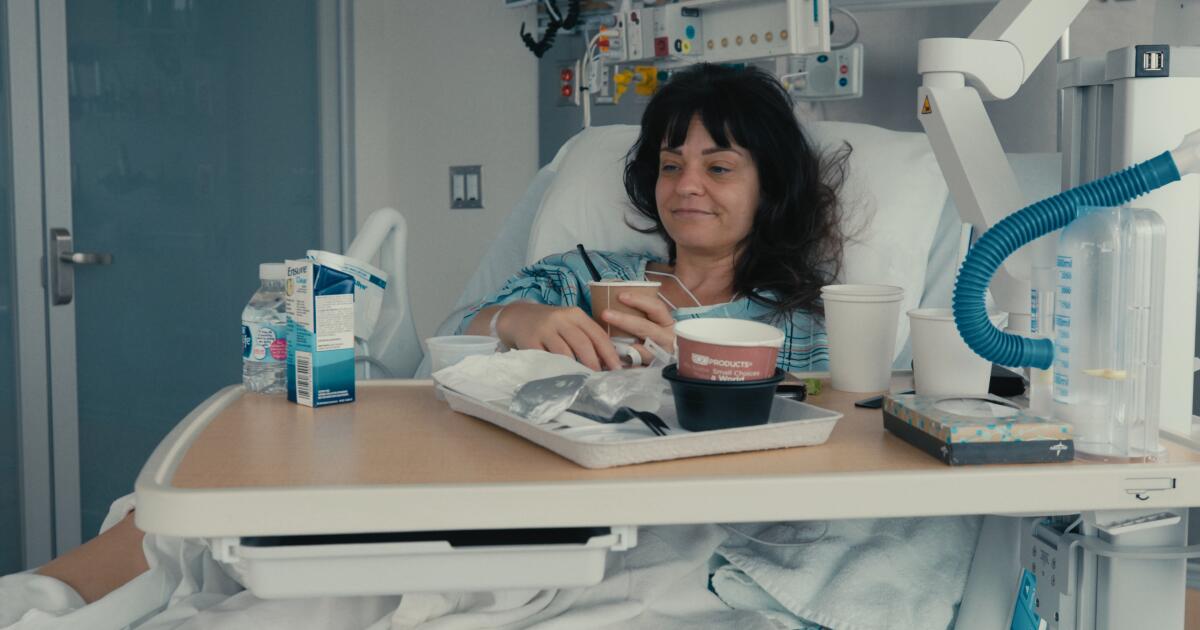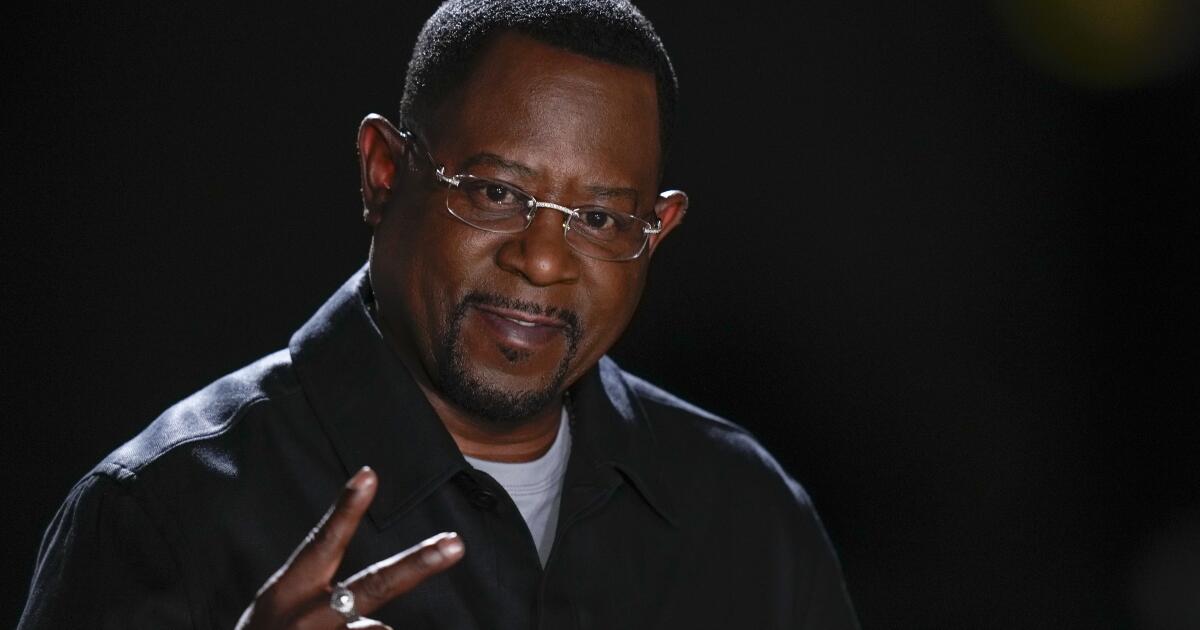On the shelf
Hit Girls: Britney, Taylor, Beyoncé and the women who built the brightest decade of pop
By Nora Princiotti
Ballantine Books: 240 pages, $ 29
If you buy linked books on our site, the Times can obtain a commission of Bookshop.orgwhose rates support independent libraries.
Growing up in a small town in New Hampshire, Nora Princiotti lived two hours from the nearest shopping center, so the school book fair was its life line for purchases of pop culture.
In the fall of 2003, the then 9 -year -old headed at the fair and bought gum rubber, bright gel pens and “metamorphosis”, the second studio album of the star of “Lizzie McGuire” Hilary Duff.
At that time, Duff was “the most important person in the world for me outside my immediate family,” Princiotti writes at “Hit Girls: Britney, Taylor, Beyoncé and the women who built the brightest decade of pop.“” This is the first day of the rest of my life. “
This proclamation is not exaggeration. The Duff CD was Princiotti's entrance door to the vibrant pop music of the 2000s, an era that “Hit Girls” thoroughly examines through the lens of some of the musical icons of the decade.
The chronological book opens with Britney Spears reviving the interest of the industry in the main pop after the success of its simple agile debut, “… Baby One More Time” of 1998. Subsequently, Princiotti dedicates chapters to the dance music that changes the world of Rihanna and the intelligent use of technology; The scrappy (and occasionally bump) pop-pisssey pop-piss Avril Lavigne; and the complicated relationship between indie rock and pop, exemplified by “American idol” Kelly Clarkson's girlfriend.
It also examines again with a much friendlier eye of Ashlee Simpson's music, whose career was raw after they caught her in “Saturday Night Live”, and the accessories of the tableides Lindsay Lohan and Paris Hilton.
Princiotti, a writer of The Ringer who covers pop music and NFL and Co-Anfila the podcast “every album”, says that it was sure which artists should be included in “Hit Girls”.
“I had the idea a little before the Y2K resurgence that we have experienced in recent years,” she says. “But I was arriving at the ecosystem. And I had this very clear idea that there are all these disparate segments of the pop star and the version of that world that existed in the 2000s … although that music is different, everything really fits me really obviously, because I was the fanatic.”
Princiotti increases his rigorous investigation with colorful memories of this era, including chating on AIM (his mango was mangorainbow99), disregarding oddities of Taylor Swift on YouTube and “Just dance” of Lady Gaga's audition in a high school dance.
Finding a coherent story of the 2000s was more challenging. “The question I had to answer [in the book] It was: “Apart from the audience, and apart from having this feeling within me that a book that covered the emergence of Britney Spears also needed to cover” rumors “of Lindsay Lohan and also needed to cover Ashlee Simpson, because this is how he lived it, what unites these artists?”
That union thread is spears. The book skillfully tracks the parallels between the evolution of Spears' career and how the decade itself developed, because of the way its music was extended beyond adolescent pop (for example, the “toxic” electro-disco) to the negative impact that the intense scrutiny of the tabloides had on its mental health.
“She is the artist of the 2000s,” says Princiotti. “If you think about the AugHs as a whole, it starts with Britney, [and] She manages to move on. There are so many things that I think they only return to that woman. “
Princiotti also concludes that the female pop stars of the 2000s helped legitimize pop music.
“There is something that all these women, because they are women in the book, did to reduce the idea that pop is disposable music and little meridia, which somehow leads us to this place where it is recognized more often as a serious art form, something that moves the culture [and] It is worthy of real and deep criticism, ”she says.
“You are seeing every day where there are projects promoted by thesis on Taylor Swift and the music of Taylor Swift, and [people asking,] 'What does she mean for society?' And 'What does she mean for culture? What surprised me was: 'Oh, we didn't have that. It was not so, and now it is' “.
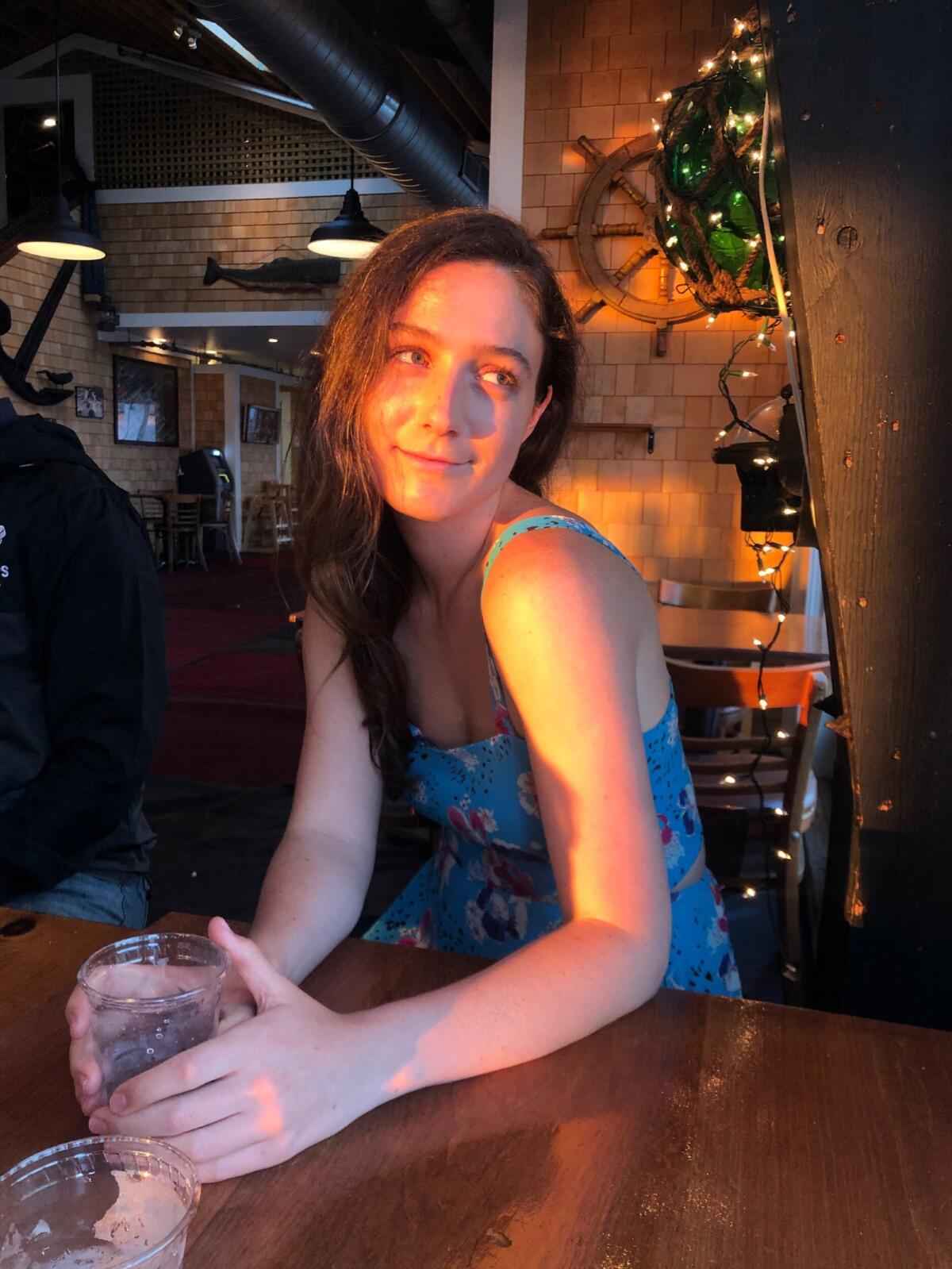
“I went out with an appreciation of how early in his career he laid the plan of how he would develop his fans base,” says Nora Princiotti about Taylor Swift.
(Ballantine Books)
Given the narrow book framework: “Hit Girls” begins just before Y2K and ends in the early 2010s, the book also gives a different turn to Swift races and her superstar partner Beyoncé.
The latter was emerging recently as a solo artist with “Dangerously in Love” from 2003 after making way with Destiny's Child. Princiotti argues that Beyoncé's success on pop lists opened doors for Hip-Hop and R&B artists, who had a seismic impact on culture as a whole.
Although these genres had begun to make mass incursions into pop lists and conventional music in the late 1990s, Princiotti observed in their research that the covers of magazines and tabloids still greatly prioritize white artists.
“While there was a clear relationship between interest in an artist like Britney Spears's life and interest in his music, that feedback cycle did not exist for many black artists,” he writes. “What meant that hip-hop could master popular music while excluding them from elite famous spaces that promote true pop stare.”
Swift, meanwhile, was a sincere country-pop Wunderkind by building its fans base a Myspace comment at the same time, and even then turned out to be a genius to understand the psychology of the fandom and the online habits of its followers.
“I went out with an appreciation of how early in his career he laid the plan of how he would develop his fans base,” says Princiotti. “When everything is said and done, we will look back in its artistic legacy, yes, like the composer of a generation, yes, as the laureate poet of young women.”
“But I think that Taylor Swift's legacy will begin with the communities of people he gathered within his fan base, and how powerful and sometimes scary and how mobilized that community of fans has become and how he built it as well as.”
As with Swift, many of the artists of “Hit Girls” are still popular today. Lavigne and Beyoncé are currently on important tours; Clarkson has found success with his daytime interview program; Rihanna is a billionaire business tycoon thanks to her brands Fenty Beauty and Savage X Fenty. And Duff, who now has four children, starred in the television program “Younger” and, more recently, the short duration “how I met your father.”
Near the end of “Hit Girls”, Princiotti explores the continuous influence of these artists and this decade, from the current harvest of young pop stars directed by Olivia Rodrigo and nostalgia festivals such as when we were young to fashion trends such as dark denim, tops “coming out” and hair clips with butterflies.
Princiotti herself maintains a love for pop stars and offers solid theories about why this was specific remains a fascination: an urge nostalgia mixture, second opportunities and perspective.
“For people like me who lived at least something, it is the ability to become a little more and more wise,” she says. “We can take our best and then reexamine the worst with the most open eyes. And there is something for me that is very satisfying about it.”

